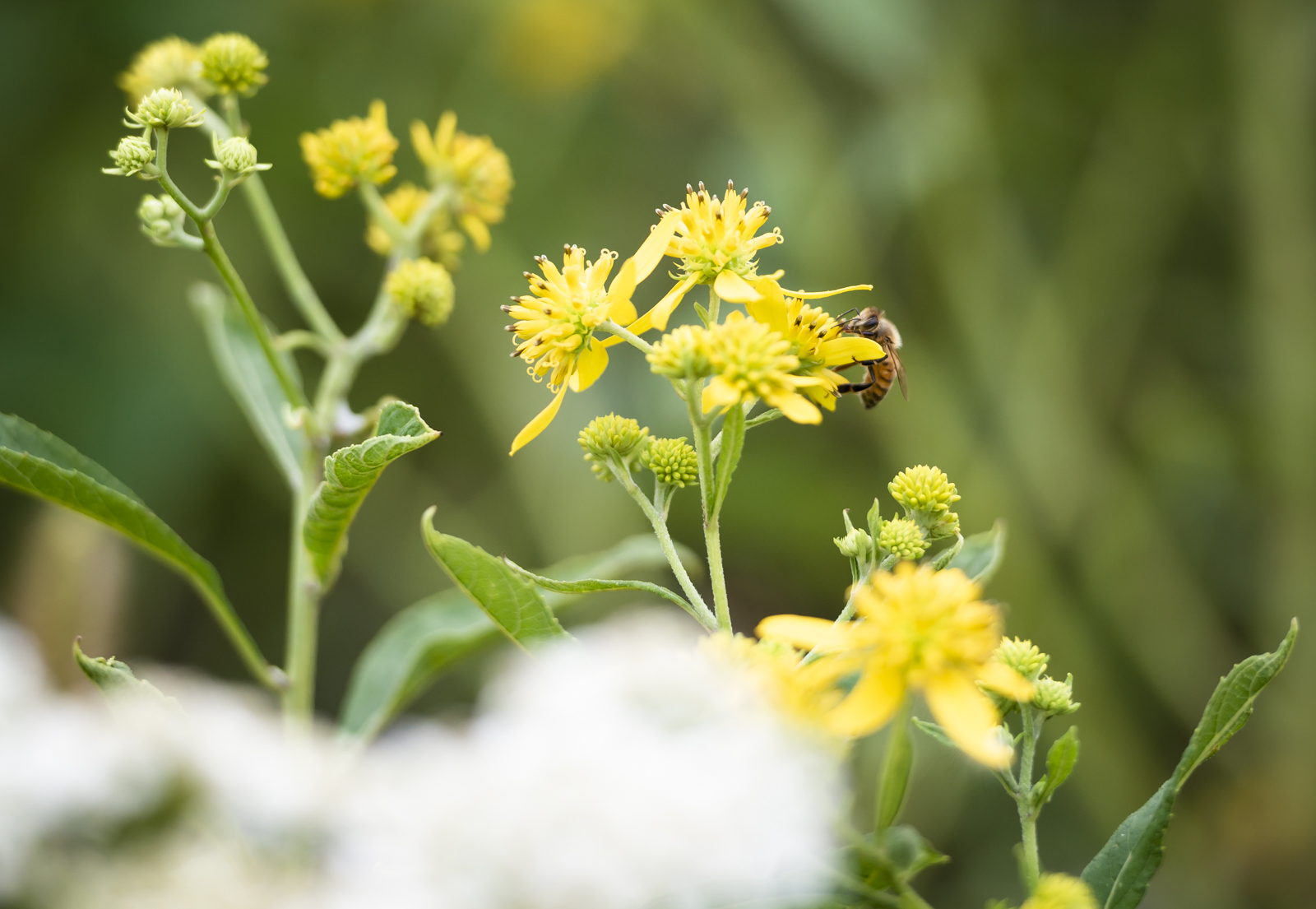Pursuing your passion for conservation photography is an incredible opportunity to make a positive impact on the world.
Read Morenaturephotography
Designing the strongest image you can. /
The design elements in a photograph are crucial to creating a visually appealing and emotionally impactful image. A well-designed composition can draw the viewer in and convey the intended message with ease. There are several design elements that are important in creating a great composition in a photograph, including line, shape, form, space, texture, and color.
Read MoreAperture, shutter speed and ISO-Oh My! /
Shutter speed, aperture, and ISO are the three key elements that photographers must consider when taking photographs.
Read More13 days 12...11...10...9... to the Re-Boot! /
13 days until it starts, until I begin again to capture “Where I Go, What I See” everyday. Stay tuned for more information on what in the world that actually means.
Cottonwood, Little Sahara State Park, Waynoka, OK
Lupine, one of my favorite flowers. /
Lupine are one of my favorite flowers. This image was captured on a walk on Mud Lake Loop trail, a three mile loop through Stanislaus National Forest going around Evergreen at Yosemite Lodge. It links Evergreen Road to Mather, just outside of the Hetch Hetchy entrance to Yosemite National Park.
Getting down low and capturing something in a rarely seen way. Showing and bringing things to light in a new way, not always better but always different. That can be very difficult, finding different ways of doing something, trying not to repeat yourself, well at least not repeat yourself too often. Sometimes all it takes is to give yourself time, to stop and look around and be patient with yourself and the place you are in. In this way, photography for me can be a very meditative practice. Slowing yourself, calming your pace and allowing yourself to catch your breathe. Focussing on what you are doing and being purposeful with your actions.
Being mindful of the details... /
Bees are awesome, so be kind to the pollinators.
Spent some time outside today, I've been needing that for a while. Here in Tulsa, OK we are privileged to have such a great park, Oxley Nature Center. Its a wonderful place to spend time in the woods.
Usually when I come out here, I have a tendency to try and capture the bigger image, to give context although I try to pay attention to the details. This time I actually did focus on the details, I slowed down and took my time.
Pollinator population declines and conservation.
Pollinators provide a key ecosystem service vital to the maintenance of both wild and agricultural plant communities. In 1999 the Convention on Biological Diversity issued the São Paulo Declaration on Pollinators, recognizing the critical role that these species play in supporting and maintaining terrestrial productivity as well as the survival challenges they face due to anthropogenic change. Today pollinators are considered to be in a state of decline, some species, such as Franklin’s bumble bee (Bombus franklini) have been red-listed and are in danger of extinction. Although managed bee hives are increasing worldwide, these can not compensate for the loss of wild pollinators in many locations.
Declines in the health and population of pollinators pose what could be a significant threat to the integrity of biodiversity, to global food webs, and to human health. At least 80% of our world's crop species require pollination to set seed. An estimated one out of every three bites of food comes to us through the work of animal pollinators. The quality of pollinator service has declined over time and this had led to concerns that pollination will be less resistant to extinction in the future. (section from Pollinator-Decline)
We can help and heres how, Million Pollinator Garden Network
Beatles, pollinate too, like these Soldier Beetles. Its so important to try and protect all of our indigenous wildlife. All life flora and fauna fill a niche, even mosquitoes.
Spiders are our friends too. Spiders like this Orb-Weaver Spider do a great job at helping to maintain and regulate other insect populations. Just like a variety of Bat and Bird species.
Out at Oxley Nature Center, there is a lot of water. Either Sherry Lake, Eagle Creek, marsh areas and canals. While hiking along a canal leading from Sherry Lake to the High Line Trail, I found this Shortnose Gar chilling in the water and slowly heading the same direction as I was.
Whenever I visit Oxley Nature Center I usually see deer. Not always in the most advantageous to get a photo, but will usually see one or eight. This time I came across the Whitetail fawn, just hanging out feeding on some low lying greens and leaves.
Its not just about the animals and insects, there are moments when you just need to stop and breathe. And when you do, you slow down, and you really begin to notice the details, the little things that usually go unseen and unappreciated. The thistle pods were leftovers from the lunch of forest inhabitant. I almost missed them on the side of the trail the way they blended in with the rest of the litter on the forest floor. The reflections in the water bedding up on the lily pad hides amongst the hundreds of other pads in various stages of decline as we head into early fall.



















